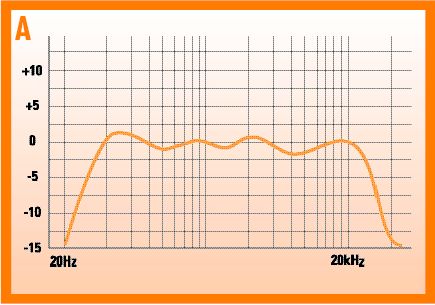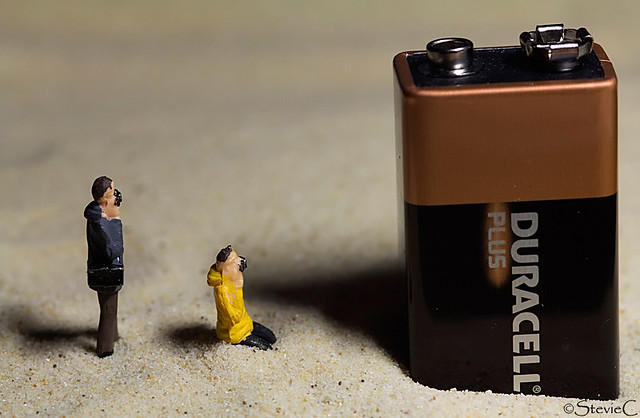They take all the signals from all the various inputs and route them to all the various outputs.
They are usually the critical point of failure in a sound system in that if the mixer dies, your show is usually over.
A mixing desk can cost anywhere from $100 up to $500,000 for large concert consoles, but how much do you need to spend and what features are the most important.
Is it worth considering a digital console or should you stick to analog?
The first thing to do is to consider the number of channels you need. To do this, work out how many channels you will use on the largest show you think you will be doing then add 20% to this number.
Next figure out how many outputs or buses you will need. There are several different types of output buses. A bus is basically somewhere you can send audio and control how much of each signal you send there. So for example a monitor speaker on stage is connected to an Aux (Auxiliary) bus and you can adjust how much of each instrument is in that individual monitor.
- Aux
- Many mixing desks alow you to switch an auxiliary bus between Pre-Fade and Post-Fade mode, while others have a certain number of fixed Pre and Post busses.
- Pre-Fade Auxiliaries
- Pre-Fade Auxiliaries are used for driving monitor speakers on stage. The signal is sent to the bus before the main fader, so if someone turns down the fader for the guitar in the PA, the Guitarist can still here it in their monitor unaffected.
- Work out how many monitor speakers you will need with individual control and this is the number of Pre-Fade Aux channels you need on your mixing desk.
- Post-Fade Auxiliaries
- These are used to send to effects processors because when you turn down the fader on a channel, it reduces the amount of signal going to the effects processor by the same relative amount.
- Groups
- Groups are used to group together similar instruments and control their volume with one fader. For example you might put all of the drum channels onto one group, then you can turn down the drums with one fader instead of a whole lot. Groups also allow you to send all of the channels that are in that group out to somewhere else, perhaps a compressor or another effects processor. Groups are not necessary, but they can be handy on larger mixers.
- Master Bus
- This can comprise of one or more channels such as "Left", "Right", "Center" or on surround consoles there may be additional channels on the Master Bus for surround speakers.
- Matrices
- Matrices take the outputs from a Master Bus, Group or Aux and allow you to mix them together to form a new output with additional control. These might get used if you need to send a feed to a video recorder, another room or a broadcaster.
Once you have figured out how many buses you need, add 20% to the Aux count and you can then start narrowing your search down for a new mixer.





